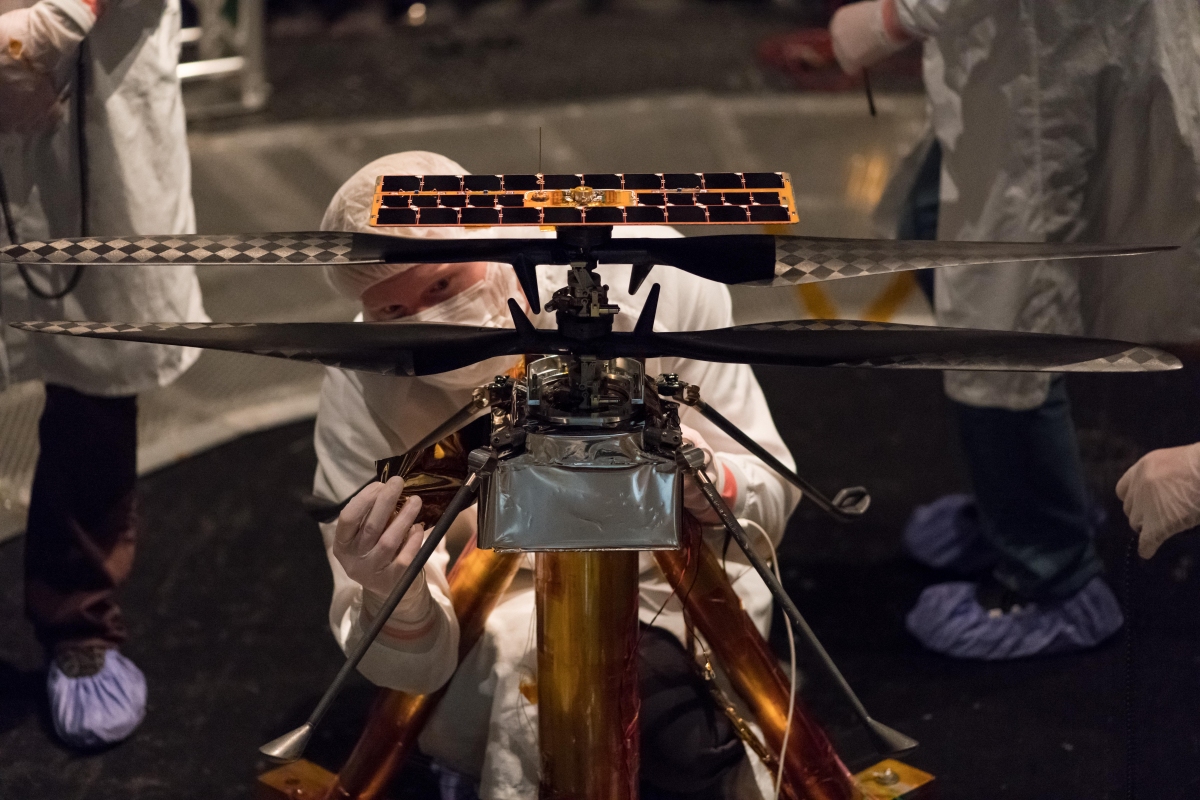Something to look forward to: The Mars Helicopter will launch alongside the Mars 2020 rover on a United Launch Alliance Atlas V rocket from Space Launch Complex 41 at Cape Canaveral Air Force Station in Florida in July 2020. It is expected to reach Mars in February 2021.
Scientists at NASA's Jet Propulsion Laboratory in Pasadena, California, have completed flight testing the Mars Helicopter, an unmanned aerial vehicle designed to demonstrate the viability and potential of heavier-than-air vehicles on Mars.
Testing of the flight model (the actual vehicle that’ll be sent to Mars) involved subjecting the four pound craft to extreme temperatures, a thin atmosphere and reduced gravity. Temperatures on the Red Planet can reach minus 130 degrees Fahrenheit (minus 90 degrees Celsius) at night.

MiMi Aung, project manager for the Mars Helicopter at NASA's Jet Propulsion Laboratory, said the Martian atmosphere is only about one percent the density of Earth’s. To recreate that environment, the team turned to JPL’s Space Simulator, a 25-foot-wide vacuum chamber that sucked out all of the nitrogen, oxygen and other gases from the air and replaced it with carbon dioxide, the main ingredient in Mars’ atmosphere.
The scientists also utilized a gravity offload system – a lanyard attached to the top of the helicopter that tugs against it – to simulate the reduced gravity the craft will experience on Mars.
The team was able to complete two successful test flights, hovering the craft at an altitude of about two inches for a total of one minute.
Teddy Tzanetos, test conductor for the Mars Helicopter at JPL, said, “The gravity offload system performed perfectly, just like our helicopter. We only required a 2-inch (5-centimeter) hover to obtain all the data sets needed to confirm that our Mars helicopter flies autonomously as designed in a thin Mars-like atmosphere; there was no need to go higher. It was a heck of a first flight.”
https://www.techspot.com/news/79420-nasa-mars-helicopter-completes-final-flight-testing.html